Challenge your gifted students and advanced spellers with this list of 320 homophones arranged into groups of ten. Also includes five task cards for independent work with homophones.
All AboutLanguage Arts
What do we do with advanced students who need something more in language arts? Here are bunches of articles about how to differentiate vocabulary, word studies, spelling, and reading.
All About Character Archetypes
Another example of “structure that increases creativity” is character archetypes. An archetype, according to Wikipedia, is “an original model of a person, ideal example, or a prototype upon which others are copied, patterned, or emulated.” Let’s use an inductive lesson to teach our students about these literary tools.
Patterns In Writing III: Themes
We’re continuing our journey through a writing unit focused on the patterns of great writing. This lesson, number three in the series, covers commonly used themes. Be amazed as your students begin developing stories around themes of redemption, coming of age, and the hero’s journey.
Patterns In Writing II: Plot Structure
We’re continuing our unit about patterns in writing. This time, let’s examine the traditional five-act dramatic structure through the modern classic, Finding Nemo. Remember, we’re also framing the whole unit around the big idea that “structure increases creativity.”
Patterns In Writing I: Introduction
Take a break from teaching the details of writing and examine narrative writing from a larger perspective. How can structure increase creativity in writing? Take your gifted writers on a journey through common patterns in narrative writing.
Shakespeare & Gifted Students
To a young student, Shakespeare is the academic equivalent of Mt. Everest. However, with a little coaching (ok, a lot of coaching), my students are able to dig into the Bard’s words and pull out an understanding of the plot as well as some of his incredible figurative language. I bet yours can too!
Uplevel Grammar By Examining (And Then Creating) Another Language
After creating an above-level grammar group, I was left with the problem of creating a challenging grammar assignment. Inspired by a friend’s self-created language, I encouraged my students to examine the rules of other languages. Some interesting rules they discussed included…
Reordering A Mixed Up Paragraph
I combined my utility Paragraphy with Project Gutenberg, The Differentiator, and The Wizard Of Oz to create a differentiated lesson about how to order sentences within a paragraph for gifted students.
Concept Attainment: A Model for Inductive Thinking
The first grammar lesson in our reading program is titled “types of sentences.” Nothing excites gifted 11 year olds less than watching me explain the difference between interrogative and declarative sentences. This year, rather than teach the lesson using direct instruction, I used another model of instruction: concept attainment.
Advanced Vocabulary Sets
I know many gifted students slog through the typical vocabulary contract week after week. I know because I put my own students through it. However, gifted students can get more from vocabulary and spelling study than writing the word five times, writing the definition, and then using it in a sentence.
